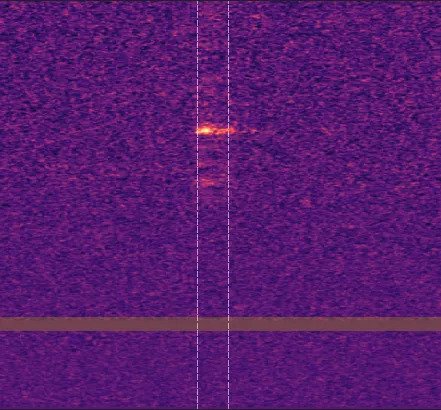
Back in March last year, we reported the serendipitous detection of a Fast Radio Burst (FRB 180301) during our Breakthrough Listen observations at the CSIRO Parkes radio telescope in Australia. We are pleased to announce that a preprint of our analysis paper is now available, thanks to our collaboration with the SUPERB FRB team.
FRBs are enigmatic radio signals that are incredibly bright and incredibly short lived. They last only for a few milliseconds, but can release more energy in their short life than the Sun does over an entire decade. Figuring out exactly what is causing them is an exciting and vibrant field in modern astronomy.
Capturing richer data on FRBs will be the key to unlocking their secrets. Breakthrough Listen data on FRB 180301 revealed intriguing polarization and frequency structure, which does not fit the typical model for an FRB. We ran a set of verification tests, to check if it could be interference from satellites, and while we can’t say for sure, it looks unlikely. There have been suggestions that FRBs could be due to alien spacecraft, but as more and more FRBs are detected, this hypothesis looks shaky. Our conclusion is that this FRB is a real astrophysical event, that occured a few billion years ago in a galaxy, far far away.
Many of the more recently discovered FRBs by the UTMOST, ASKAP and CHIME telescopes also show frequency structure, but these telescopes are yet to publish any polarization results (but results are likely coming soon). The peculiar properties of FRB 180301 may turn out to be a critical piece of the FRB puzzle.
Background image: a spectrogram (signal amplitude over time and frequency) of FRB 180301; full details can be found in the arXiv paper.